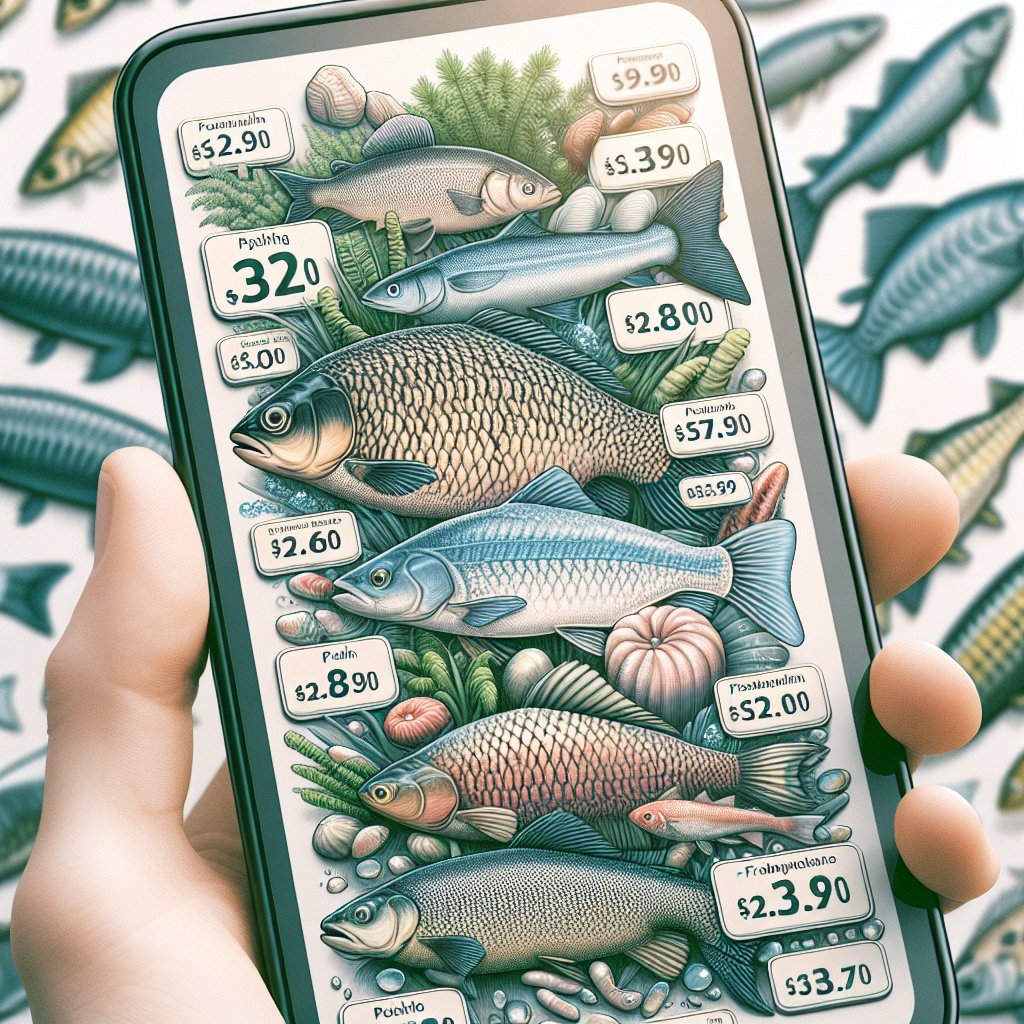The current prices of freshwater fish in Poland reflect a complex interplay of factors, including supply and demand, seasonal variations, and the impact of environmental conditions on fish populations. Understanding these prices is crucial for both consumers and producers in the aquaculture industry. This article will explore the current market trends, the factors influencing prices, and the implications for the future of freshwater fish farming in Poland.
Market Overview of Freshwater Fish Prices in Poland
Freshwater fish, such as carp, trout, and perch, are integral to Polish cuisine and culture. The market for these fish has seen fluctuations in prices over the years, influenced by various factors. As of 2023, the average price of freshwater fish in Poland varies significantly depending on the species, size, and region of sale.
According to recent data, the price of carp, a staple fish during Christmas and other festive occasions, ranges from 10 to 15 PLN per kilogram. Trout, known for its delicate flavor, is priced higher, typically between 20 to 30 PLN per kilogram. Perch, another popular choice, can be found at prices ranging from 25 to 35 PLN per kilogram. These prices can vary based on the season, with higher demand during holidays leading to increased prices.
Factors Influencing Freshwater Fish Prices
Several factors contribute to the pricing of freshwater fish in Poland:
- Supply and Demand: The basic economic principle of supply and demand plays a significant role in determining fish prices. During peak seasons, when fish are more abundant, prices tend to drop. Conversely, during off-seasons or holidays, prices can surge due to increased demand.
- Environmental Conditions: Weather patterns and water quality directly affect fish populations. Droughts or floods can lead to lower fish stocks, driving prices up. Additionally, pollution can impact fish health, further influencing supply.
- Farming Practices: The methods used in aquaculture also affect prices. Sustainable farming practices may lead to higher production costs, which can be reflected in the retail price. Conversely, intensive farming methods may lower costs but raise concerns about environmental impact.
- Market Competition: The presence of local and international competitors can influence pricing strategies. Local producers may offer fresher products, while imported fish may be cheaper but less desirable in terms of quality.
Future Trends in Freshwater Fish Pricing
Looking ahead, several trends may shape the future of freshwater fish pricing in Poland. The increasing awareness of sustainable fishing practices is likely to influence consumer preferences, potentially leading to higher prices for sustainably farmed fish. As consumers become more environmentally conscious, they may be willing to pay a premium for fish that are certified as sustainably sourced.
Additionally, advancements in aquaculture technology may lead to more efficient production methods, potentially lowering costs and prices in the long run. Innovations such as recirculating aquaculture systems (RAS) allow for higher density farming with reduced environmental impact, which could stabilize prices and ensure a consistent supply of fish.
Impact of Regulations and Policies
Government regulations and policies also play a crucial role in shaping the freshwater fish market. Stricter environmental regulations aimed at protecting aquatic ecosystems may increase production costs for fish farmers, which could be passed on to consumers in the form of higher prices. Conversely, subsidies for sustainable practices could help lower costs and stabilize prices.
Furthermore, trade policies and international agreements can impact the import and export of freshwater fish, influencing local market prices. For instance, tariffs on imported fish could lead to higher prices for consumers, while favorable trade agreements could lower costs and increase competition.
Conclusion
The current prices of freshwater fish in Poland are influenced by a myriad of factors, including supply and demand dynamics, environmental conditions, farming practices, and market competition. As the industry evolves, it is essential for both consumers and producers to stay informed about these trends and their implications. The future of freshwater fish pricing will likely be shaped by a combination of consumer preferences for sustainability, technological advancements in aquaculture, and regulatory frameworks aimed at protecting the environment. Understanding these elements will be crucial for navigating the complexities of the freshwater fish market in Poland.




